
GeometryQuestion and Answers: Page 45
Question Number 180813 Answers: 1 Comments: 5
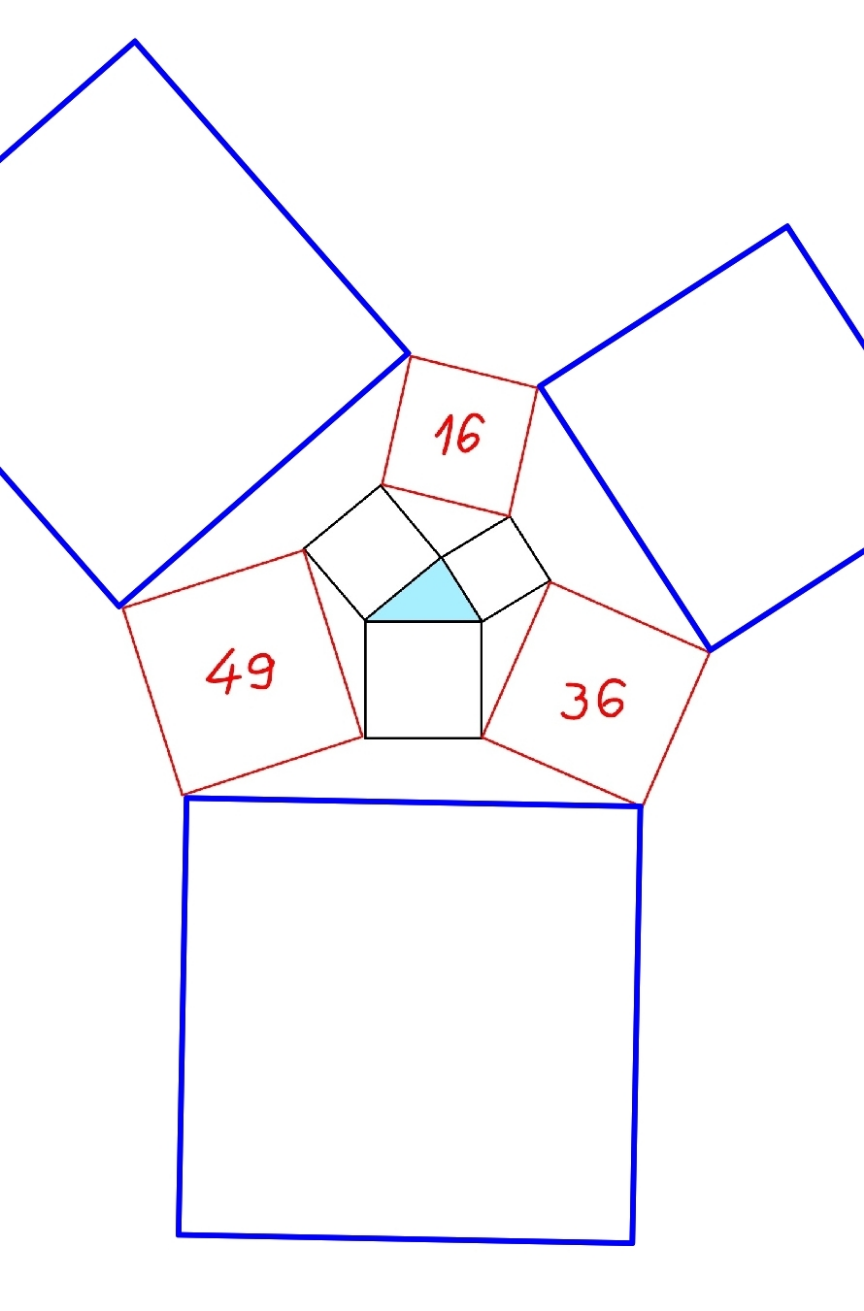
Question Number 180756 Answers: 3 Comments: 1

Question Number 180623 Answers: 1 Comments: 0
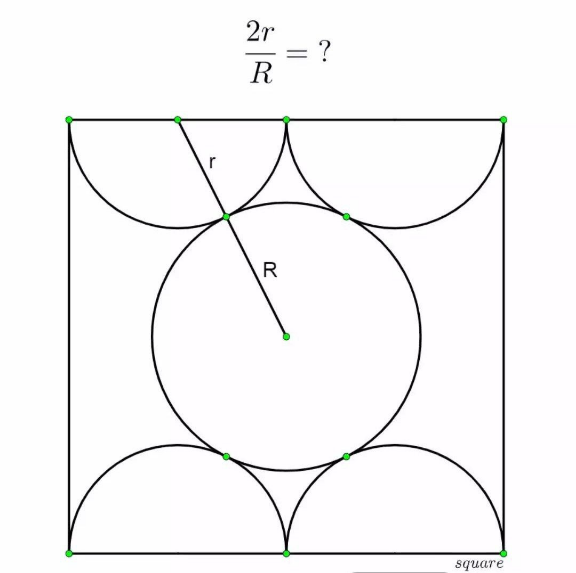
Question Number 180615 Answers: 3 Comments: 0

Question Number 180582 Answers: 1 Comments: 0

Question Number 180547 Answers: 1 Comments: 0
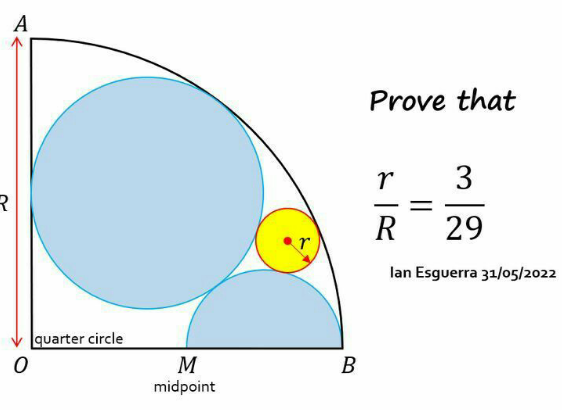
Question Number 180510 Answers: 2 Comments: 1
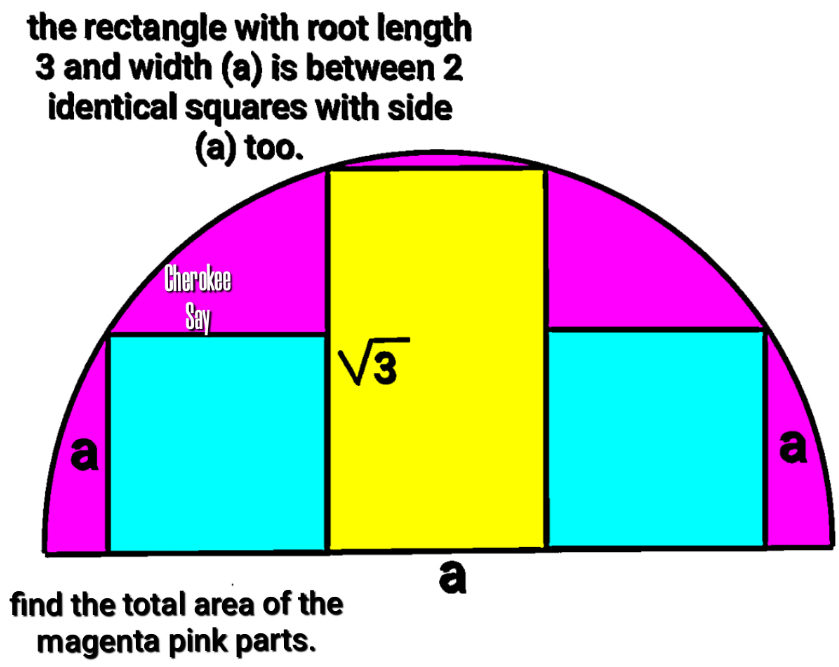
Question Number 180459 Answers: 2 Comments: 0

Question Number 180458 Answers: 2 Comments: 0

Question Number 180423 Answers: 2 Comments: 4

Question Number 180400 Answers: 2 Comments: 1
Question Number 180365 Answers: 1 Comments: 0
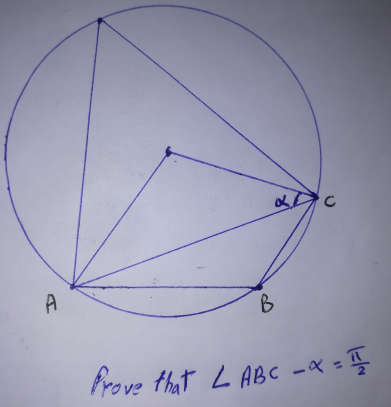
Question Number 180362 Answers: 0 Comments: 0
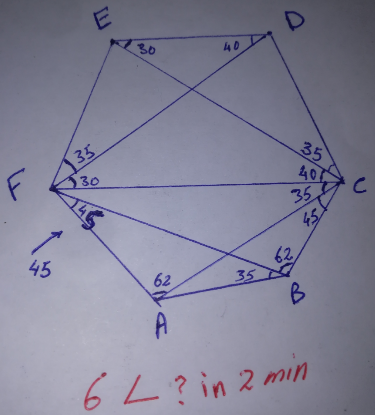
Question Number 180343 Answers: 1 Comments: 1
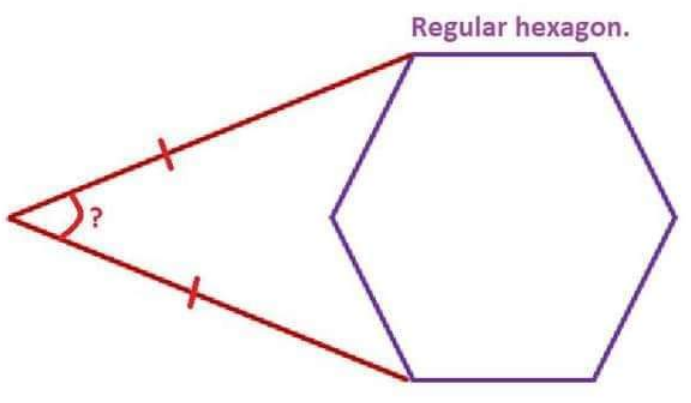
Question Number 180300 Answers: 3 Comments: 0

Question Number 180298 Answers: 1 Comments: 0
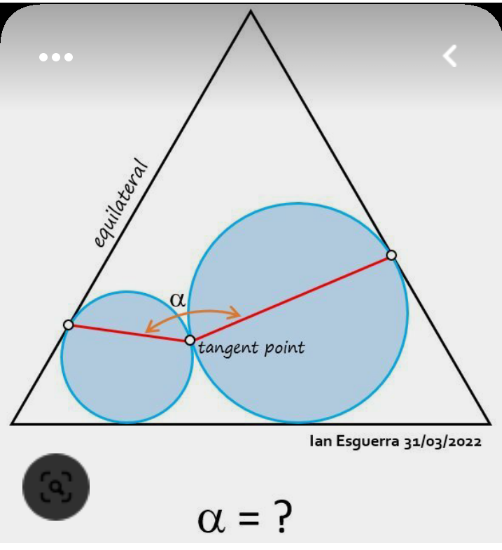
Question Number 180258 Answers: 2 Comments: 1

Question Number 180257 Answers: 2 Comments: 1

Question Number 180256 Answers: 3 Comments: 1

Question Number 180191 Answers: 1 Comments: 0
Question Number 180126 Answers: 1 Comments: 1

Question Number 180066 Answers: 2 Comments: 1

Question Number 180104 Answers: 1 Comments: 1

Question Number 180043 Answers: 4 Comments: 3

Question Number 179938 Answers: 2 Comments: 3

Question Number 179811 Answers: 1 Comments: 4

